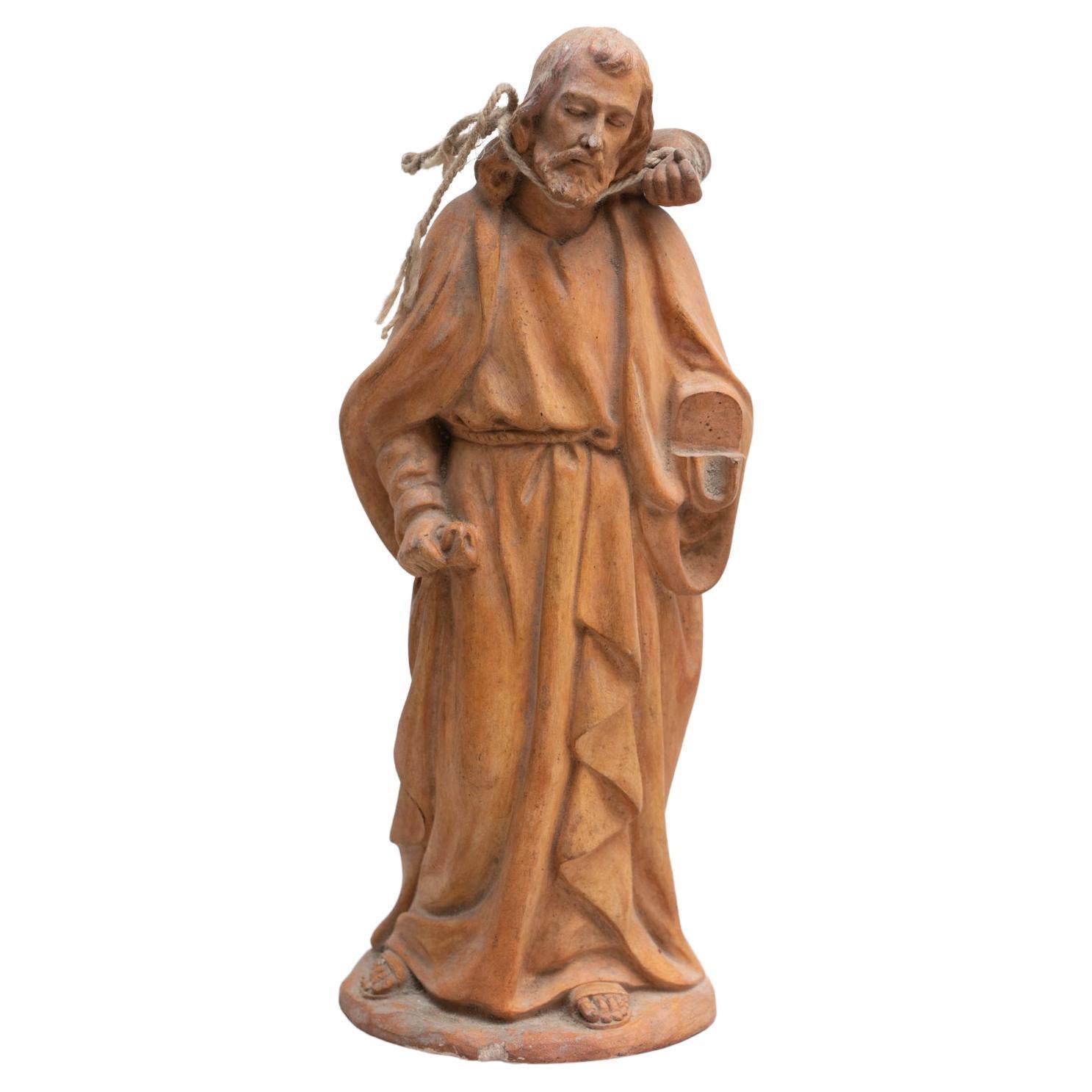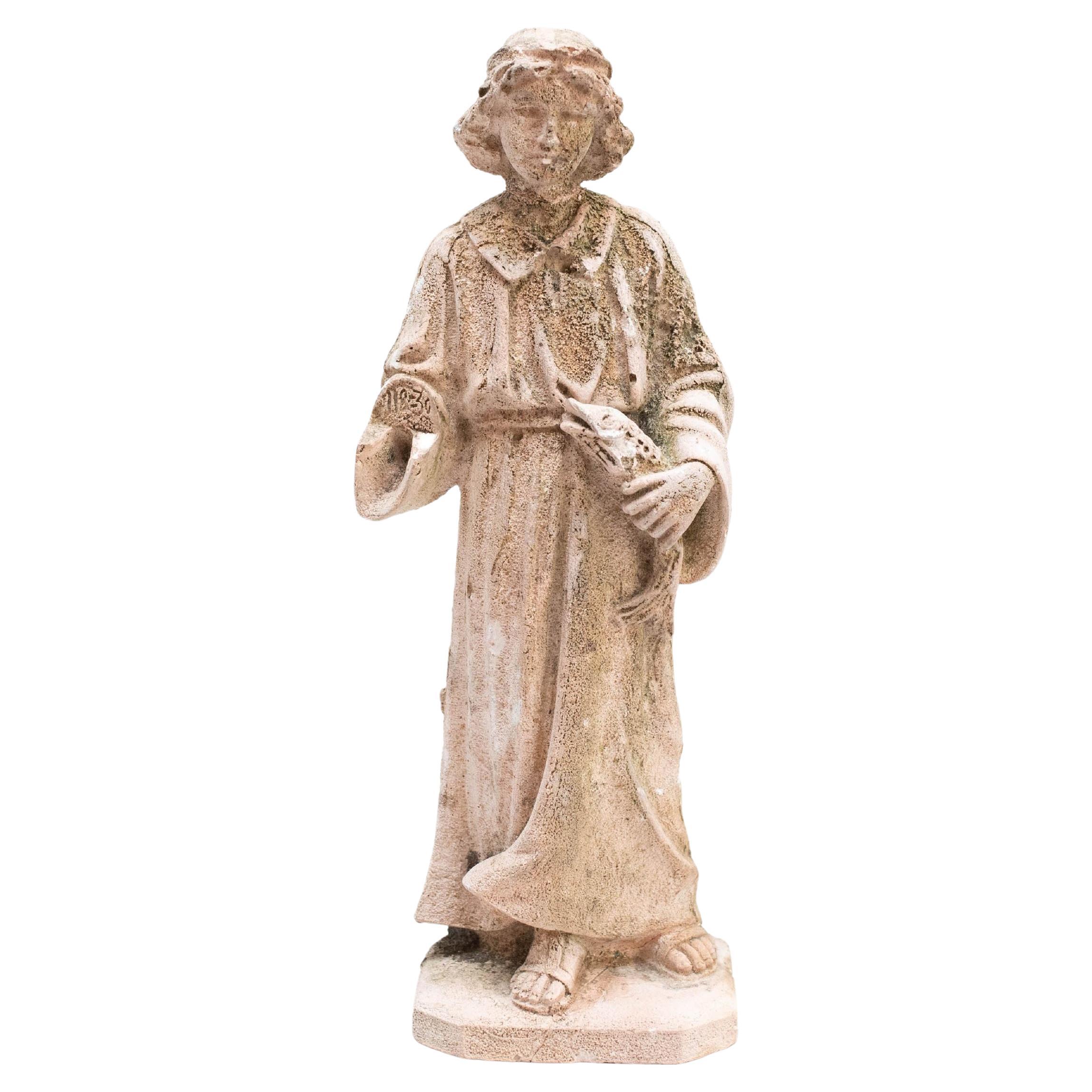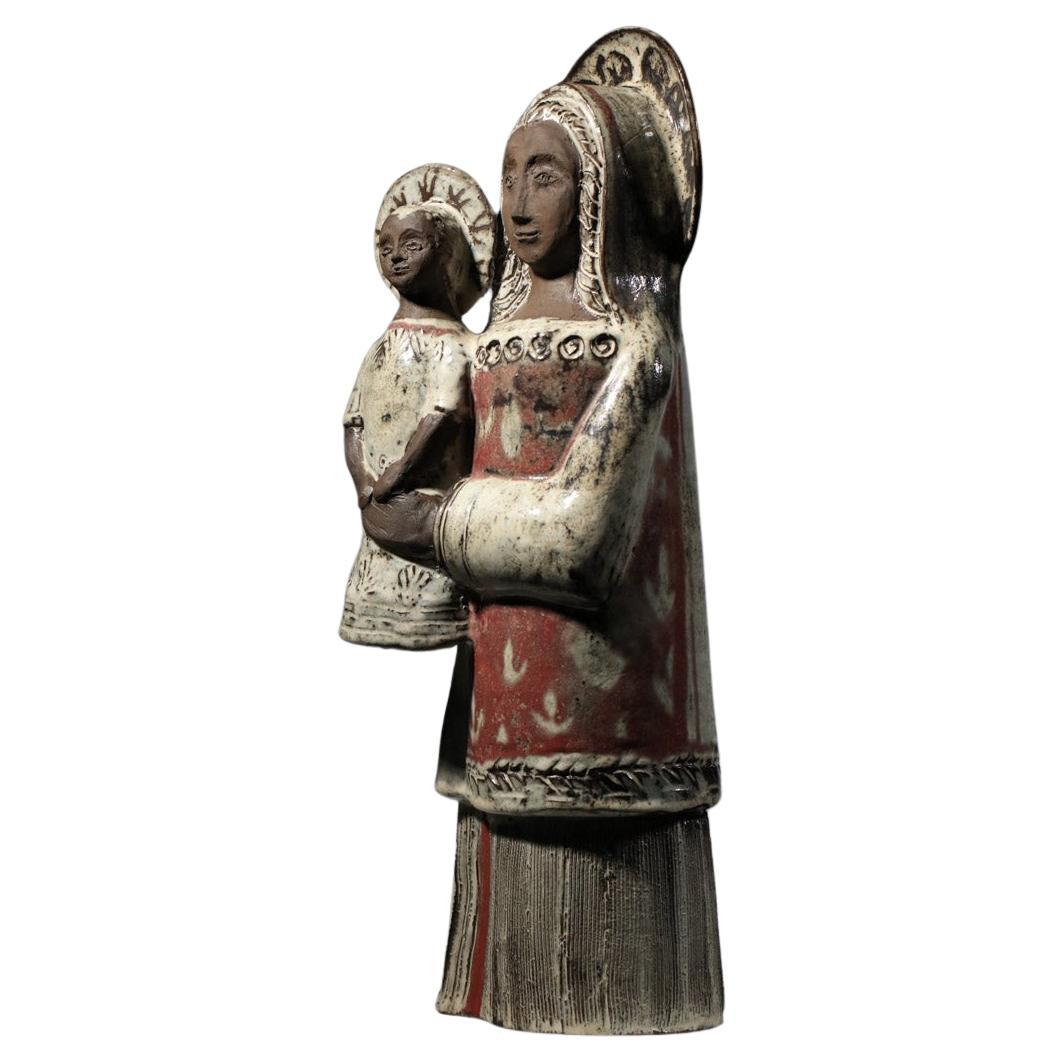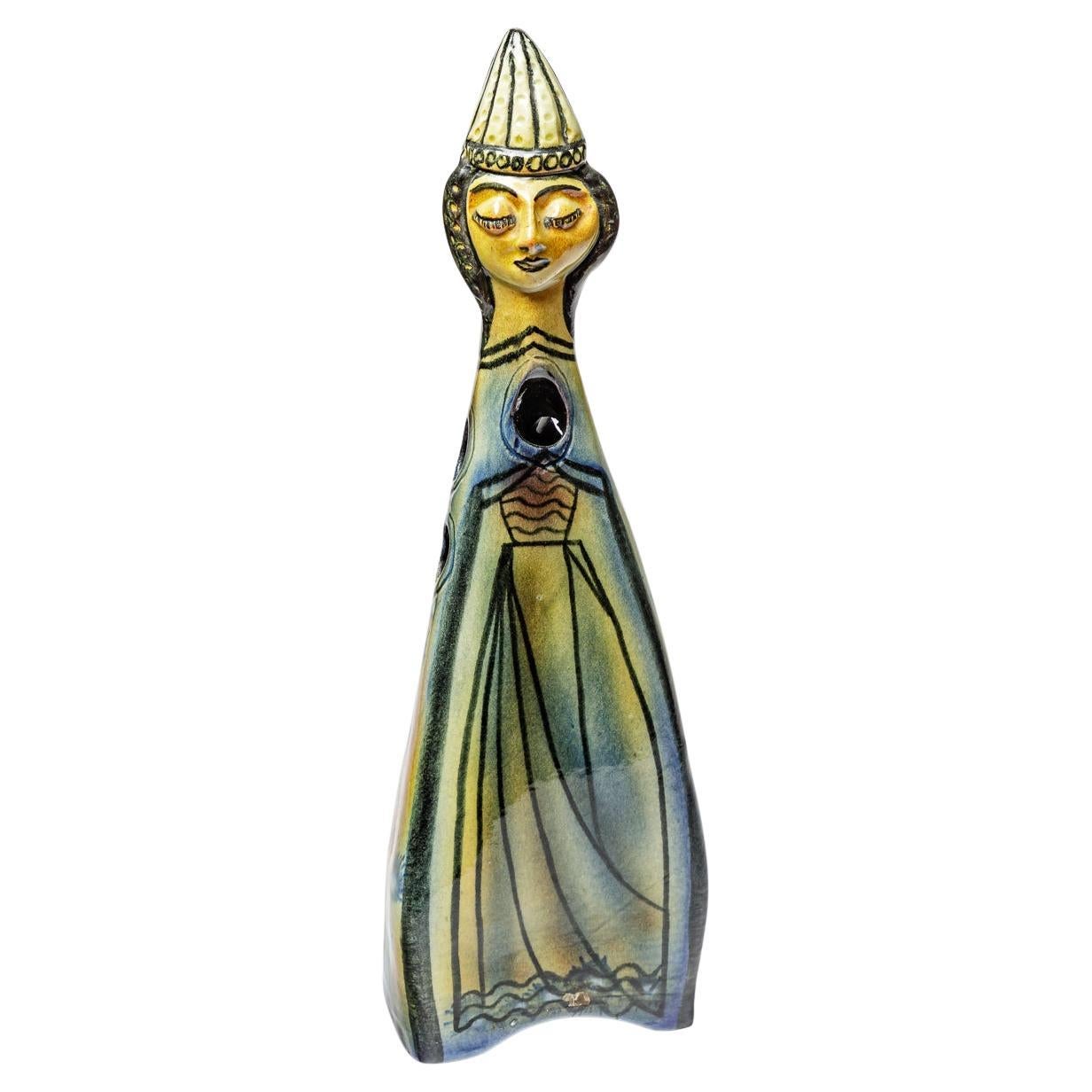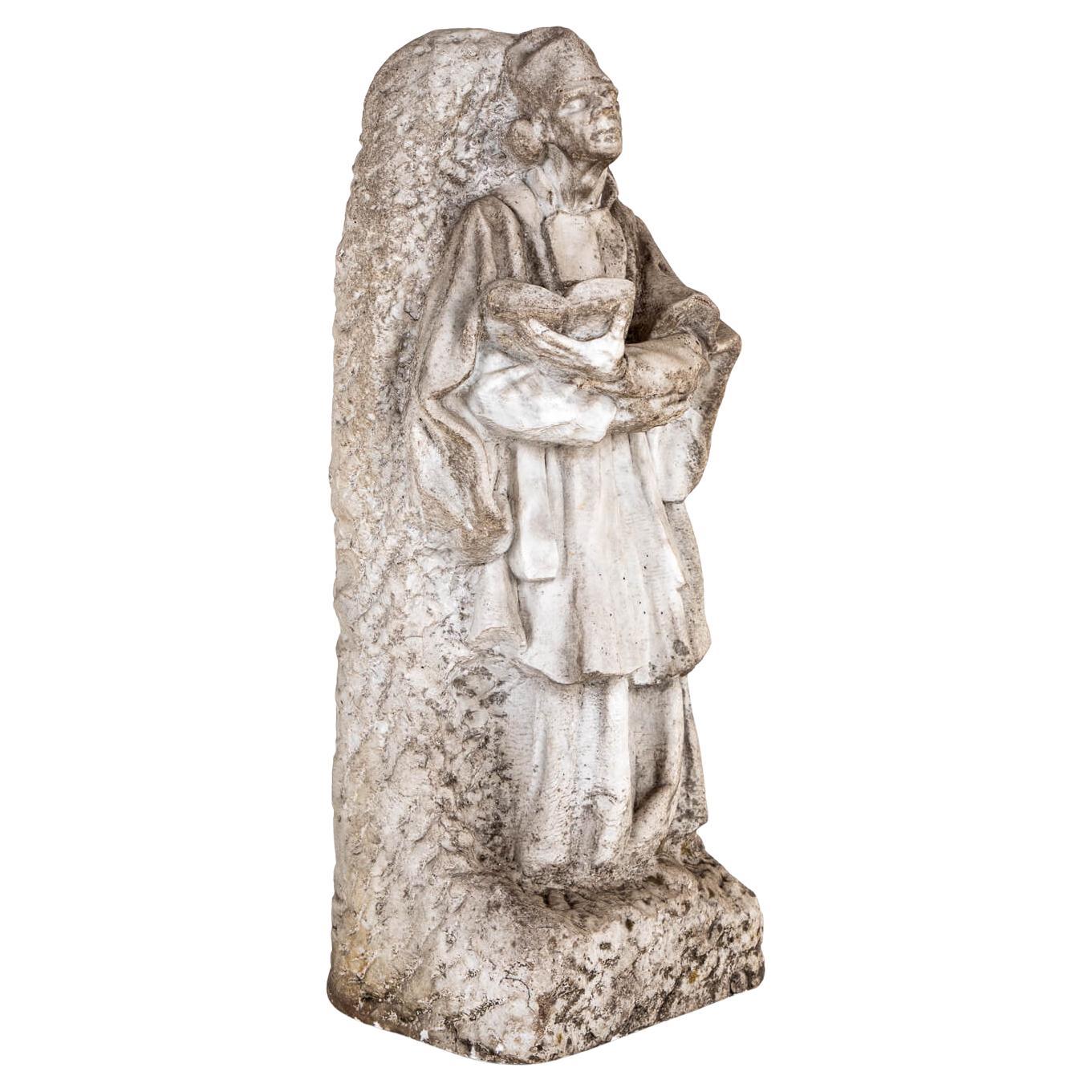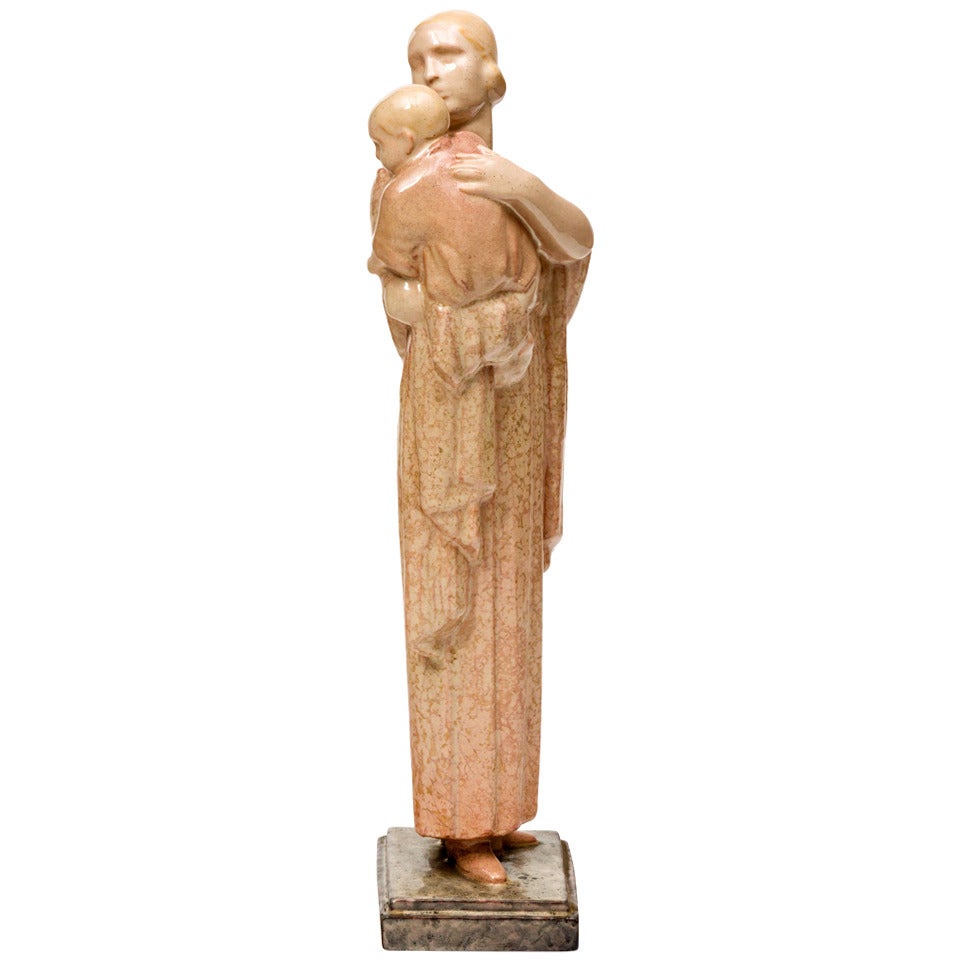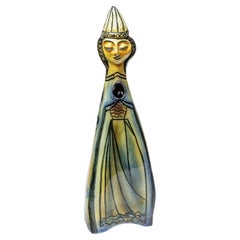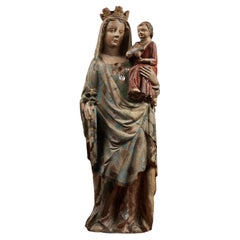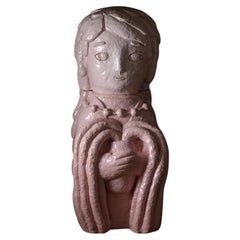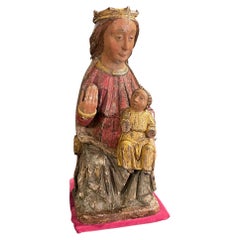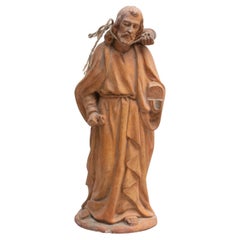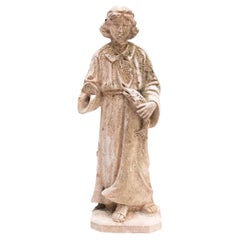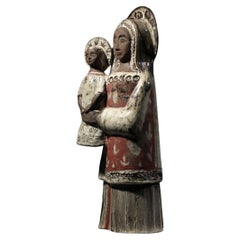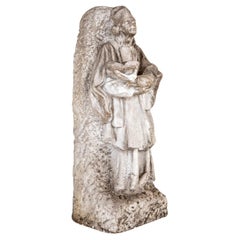Items Similar to Glazed stoneware sculpture of Saint Solange or Saint Soulange by André Rozay.
Want more images or videos?
Request additional images or videos from the seller
1 of 9
Glazed stoneware sculpture of Saint Solange or Saint Soulange by André Rozay.
$13,414.69
£9,941.02
€11,200
CA$18,313.59
A$20,373.12
CHF 10,679.85
MX$248,954.61
NOK 135,994.53
SEK 128,020.03
DKK 85,275.82
Shipping
Retrieving quote...The 1stDibs Promise:
Authenticity Guarantee,
Money-Back Guarantee,
24-Hour Cancellation
About the Item
Glazed stoneware sculpture of Saint Solange or Saint Soulange by André Rozay.
Artist signature on the back. Circa 1960-1970. Unique piece.
H : 22.4’ x 7.9’ inches.
- Creator:André Rozay (Artist)
- Dimensions:Height: 22.45 in (57 cm)Width: 7.88 in (20 cm)Depth: 7.88 in (20 cm)
- Style:Beaux Arts (In the Style Of)
- Materials and Techniques:
- Place of Origin:
- Period:
- Date of Manufacture:1960-1970
- Condition:
- Seller Location:Saint-Ouen, FR
- Reference Number:1stDibs: LU3115338298392
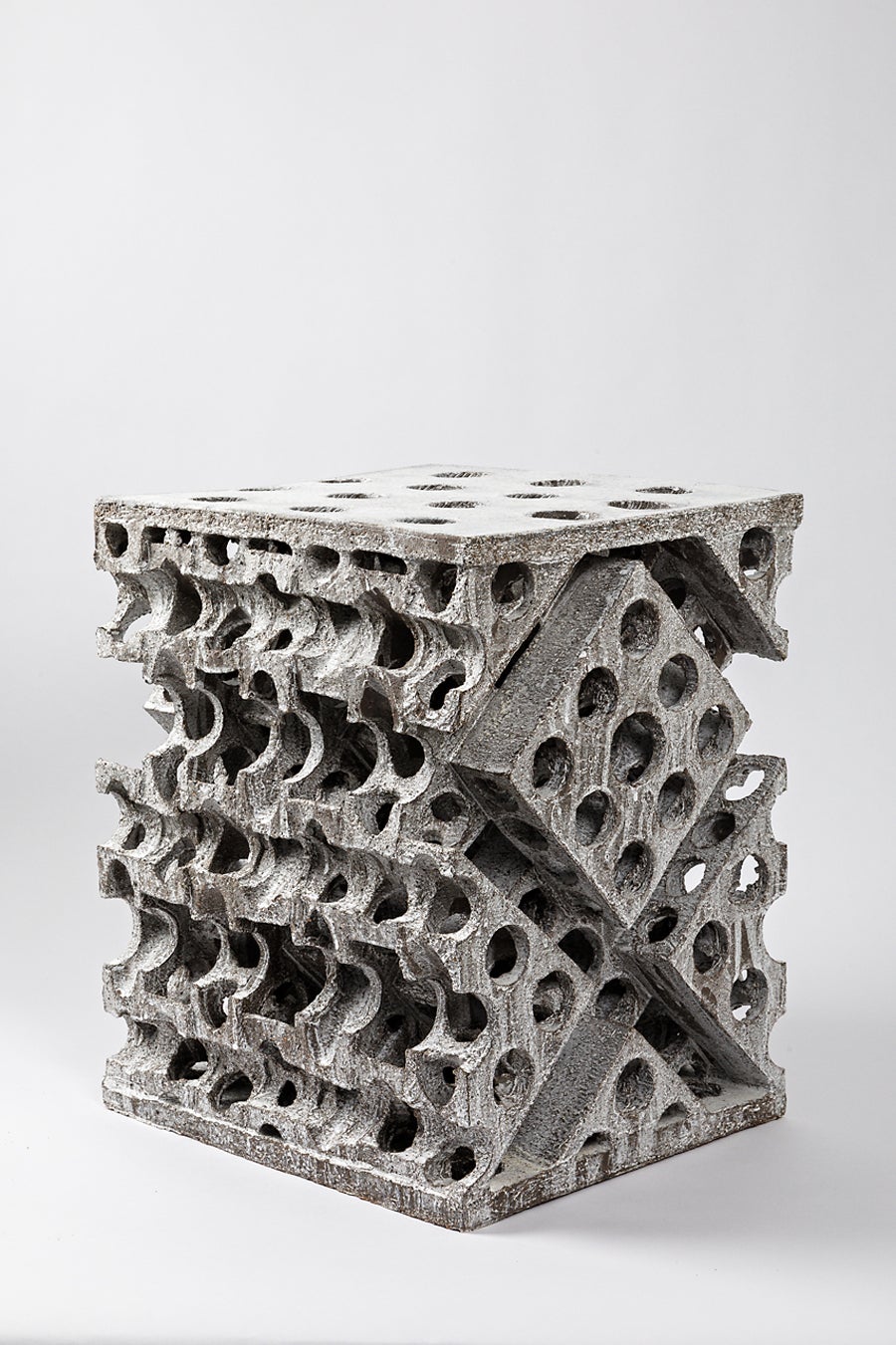
About the Seller
5.0
Vetted Professional Seller
Every seller passes strict standards for authenticity and reliability
Established in 2016
1stDibs seller since 2017
189 sales on 1stDibs
Typical response time: 3 hours
- ShippingRetrieving quote...Shipping from: Saint-Ouen, France
- Return Policy
Authenticity Guarantee
In the unlikely event there’s an issue with an item’s authenticity, contact us within 1 year for a full refund. DetailsMoney-Back Guarantee
If your item is not as described, is damaged in transit, or does not arrive, contact us within 7 days for a full refund. Details24-Hour Cancellation
You have a 24-hour grace period in which to reconsider your purchase, with no questions asked.Vetted Professional Sellers
Our world-class sellers must adhere to strict standards for service and quality, maintaining the integrity of our listings.Price-Match Guarantee
If you find that a seller listed the same item for a lower price elsewhere, we’ll match it.Trusted Global Delivery
Our best-in-class carrier network provides specialized shipping options worldwide, including custom delivery.More From This Seller
View AllRare ceramic sculpture by Accolay, circa 1960-1970.
By Accolay Pottery
Located in Saint-Ouen, FR
Rare ceramic sculpture by Accolay.
Artist signature under the base.
Circa Vers 1960-1970.
Perfect original conditions.
H : 15.1 x 4.5 x 3.9 inches.
Category
Vintage 1960s French Beaux Arts Figurative Sculptures
Materials
Ceramic
Important 14th Century Polychrome Limestone Virgin from Lorraine
Located in Saint-Ouen, FR
Provenance :
- Kunsthaus Heinrich Hahn, Frankfurt am Main, sale 16, June 17, 1930, lot 16.
- Sotheby's, Amsterdam, Feb. 26, 2006, lot 201.
HISTORIC
Located between Moselle valley and Meuse valley, framed by the Vosges Mountains on the south side and the duchy of Luxembourg on the north side, the duchy of Lorraine is the result of several partitions. It starts with the 9th century when the Carolingian empire is divided, with Lothar 1st inheriting Lotharingia. In 959 this territory was in turn divided in two; Lower and Upper Lotharingia, the latter being the forebear of the duchy of Lorraine. This duchy was under the rule of the Holy Roman Germanic Empire until 1736 when it was absorbed by the kingdom of France.
All along its history the duchy of Lorraine has found itself in the midst of many conflicts. Alliances and feuds marking European history were always particularly sensible in Lorraine where instability was frequent. Because of its geographic position the duchy of Lorraine was also an artistic crossroad.
Hence the duchy of Lorraine becomes from the 13th century onwards an important artistic centre where a particular type of Virgin and Child appears. According to professor J. A. Schmoll the characteristics of Lorraine sculpture burgeon around 1280-1300 in the Aube region. It presents “vigorous volumes, restrained movements, rare but solemn gestures and a strong interiorised and stern expression”. Those Virgins look similar with a wide forehead, a shield- or oval-shaped face, large neck, small lips and a cleft chin.
This model is particularly in favour during the 13th century because of the revival for Marial worship and for the theme of the Virgin and Child. It bears witness to a new religious sensibility with a more intimate vision of religious practice.
DESCRIPTION
The important 14th century Virgin we present to you is one of the most beautiful examples of sculptural art from Eastern France, with her fascinating distant gaze.
Her contrapposto posture is induced by the weight of the child she carries high on her left side. The child has a chubby face framed by blond hair with well defined curls and he wears a long red V-collared tunic from which emerge his feet. The fabric is animated by long folds. The position of the right foot turned to the back is a detail we can notice on several Virgins from Lorraine. He holds a bird that seems to be pecking his thumb.
“The bird /held by the child in his hands/ has been read as a reference to an episode from Christ’s childhood when he has moulded sparrows with clay before giving them life. It appears in the apocryphal gospel of Pseudo-Matthew (ch. 27) and later in the Quran (III, 43, v. 110). However the iconography seems to be more influenced by the concept of Redemption or of Eucharist, the bird symbolising the soul of the Christian about to be redeemed or revitalised.”
Mary wears a long dress with two rock crystal cabochons remaining from the original five. She is covered by a red cloak enriched with old-gold motifs draped as an apron falling in long pleats along her left hip. The relief treatment and the volume of the cloak developing a network of concentric pleats contrast with the the flat pleating of her dress. They nevertheless suggest the curve of her bent right leg.
She wears a floret crown securing a short thin veil carved in very low relief. From it emerges her blond curled hair characteristic of the 13th century. The large face with almond-shaped eyes, straight nose, small lips and cleft chin casts its gaze afar in a fashion typical of 13th century Virgins.
In her right hand she holds a lily flower. In a very refined manner the artist has carved a band on her right ring-finger.
In the back, carefully sculpted, spreads the minutely detailed short veil.
COMPARATIVE STUDIES
This sculpture of great quality presents obvious similarities with Virgins from Lorraine, designated by William Forsythe...
Category
Antique 15th Century and Earlier French Gothic Figurative Sculptures
Materials
Limestone
Pink glazed stoneware sculpture intitled « La porteuse d’eau » by Laurent Dufour
By Laurent Dufour
Located in Saint-Ouen, FR
Pink glazed stoneware sculpture intitled « La porteuse d’eau » by Laurent Dufour.
Artist signature under the base. 2025.
H : 43.3 x 15.7 inches.
Category
21st Century and Contemporary French Beaux Arts Figurative Sculptures
Materials
Ceramic
Virgin and Child in Majesty
Located in Saint-Ouen, FR
Virgin and child in majesty
Origine: castille
Epoque: early 14th century
Measures: Height: 72cm
Length: 30cm
Depth: 25cm
Polychrome and gi...
Category
Antique 15th Century and Earlier Figurative Sculptures
Materials
Wood
$41,920
Saint Afre of Augsburg
Located in Saint-Ouen, FR
SAINT AFRE OF AUGSBURG
ORIGIN : SOUTHERN GERMANY
PERIOD : 16th CENTURY
Height : 119 cm
Width : 50 cm
Depth : 28 cm
Limewood
Good state of conservation
Patron Saint of the city and the diocese of Augsburg, the oldest traces of her worship date back to the 6th century.
There are several versions of his legend. She is sometimes identified as the daughter of a king of Cyprus whose violent and unexpected death forced her and her mother, Hilaria, to flee. They went to Augsburg via Rome. Others see her origins in Africa instead, her name meaning African in Latin.
Settled in Augsburg, they became the owners of a notorious inn where they traded in their charms.
Bishop Narcissus of Girona, accompanied by his deacon Felix, found refuge there one day, fleeing the persecution of Emperor Diocletian. As the two men prayed devoutly, Afre was touched by grace and asked to be baptized. She then left her old life and embraced the Christian faith.
When the Roman authorities learned of his new vocation, they exhorted her to worship the old gods and to deny the Christian faith. She refused to renounce her faith and was sentenced to be burned alive. Her sentence was applied immediately and she suffered her mart...
Category
Antique 16th Century Figurative Sculptures
Materials
Wood
$23,954
Saint Woman in polychrome carved wood
Located in Saint-Ouen, FR
SAINT WOMAN IN POLYCHROME CARVED WOOD
ORIGIN : ITALY
PERIOD : late 13th century
Height : 103 cm
Length : 28 cm
Width : 16 cm
Remains of polychromy
...
Category
Antique 15th Century and Earlier Italian Gothic Figurative Sculptures
Materials
Softwood
You May Also Like
Plaster Traditional Figure of a Saint, circa 1950
Located in Barcelona, ES
Traditional religious plaster figure of a saint. Made in traditional Catalan atelier in Olot, Spain, circa 1950. In original condition, with minor wear consistent with age and use,...
Category
Vintage 1950s Spanish Modern Religious Items
Materials
Plaster
Plaster Traditional Figure, circa 1930
Located in Barcelona, ES
Traditional religious plaster figure. Made in traditional Catalan atelier, Spain, circa 1930. In original condition, with minor wear consistent with age and use, preserving a b...
Category
Vintage 1930s Spanish Modern Religious Items
Materials
Plaster
Large ceramic Virgin and Child by Jean Derval vallauris
By Jean Derval
Located in Ternay, Auvergne-Rhône-Alpes
Large ceramic by French artist Jean Derval from the 50s. Outstanding ceramic depicting the Virgin and Child. Enameling in shades of white, red and brown. Very fine vintage condition,...
Category
Vintage 1960s French Mid-Century Modern Ceramics
Materials
Ceramic
A Carved Marble Statue of a Saint by Artist K.M.Demuynck
Located in Faversham, GB
An imposing carved statue of a saint or ecclesiastical figure hewn from a single piece of white marble.
The male figure in clerical vestments is gazing aloft and holding an open boo...
Category
Early 20th Century Belgian Neoclassical Figurative Sculptures
Materials
Marble
Art Deco Ceramic Sculpture by Marcel Renard
By Marcel Renard
Located in New York, NY
Rare and important French Art Deco ceramic sculpture by Marcel Renard (1893-1974), circa 1920s of a woman modeled in robes with a baby. Made...
Category
Early 20th Century French Sculptures
Materials
Earthenware
$2,295 Sale Price
52% Off
Saint Francis of Assisi by André Rozay
By André Rozay
Located in PARIS, FR
André Rozay was a French ceramist born on September 29, 1913 in Foëcy (Cher) and died on September 7, 1991 in La Borne (Cher). He was one of the architects of the revival of French ceramic art in La Borne.
A former student of the Vierzon ceramics school and the Bourges Beaux Arts school (where he met Jean Lerat), as well as the Beaux Arts school in Paris, he has a solid background in drawing and painting. He arrived in La Borne in 1943 to work for François Guillaume...
Category
Vintage 1960s French Figurative Sculptures
Materials
Sandstone
More Ways To Browse
Andre Rozay
Basket Saddle
Fishing Basket
Japanese Woven Bamboo Ikebana
Antique Coal Basket
Vintage Blanket Basket
Vintage Waste Paper Baskets
Wicker Basket With Lid
Woven Wire Basket
Trash Bin
Vintage French Wire Baskets
White Leather Basket
Antique French Wire Basket
Antique French Wire Baskets
Antique Waste Baskets
Vintage Harvest Basket
Wood Waste Basket
African Woven Basket
